BMW has reacted to increased performance SUV competition from its premium brand rivals by crowning its third-generation BMW X3 line-up with the new 355bhp M40i M Performance.
Set to rival the Audi SQ5 and Mercedes-AMG GLC43 at a price of £51,280, the new range topping X3 model runs the same driveline as the recently introduced X4 M40i M Performance in a move that endows it with a claimed 0-62mph time of 4.8sec and top speed of 155mph.
Revealed here for the first time ahead of a start to UK deliveries in November, the X3 has been extensively re-engineered for 2017 with a new platform that forms the basis for a incremental increase in dimensions, a further increase in interior accommodation and a reduction in kerb weight over the outgoing second-generation X3, which first entered showrooms in 2010.
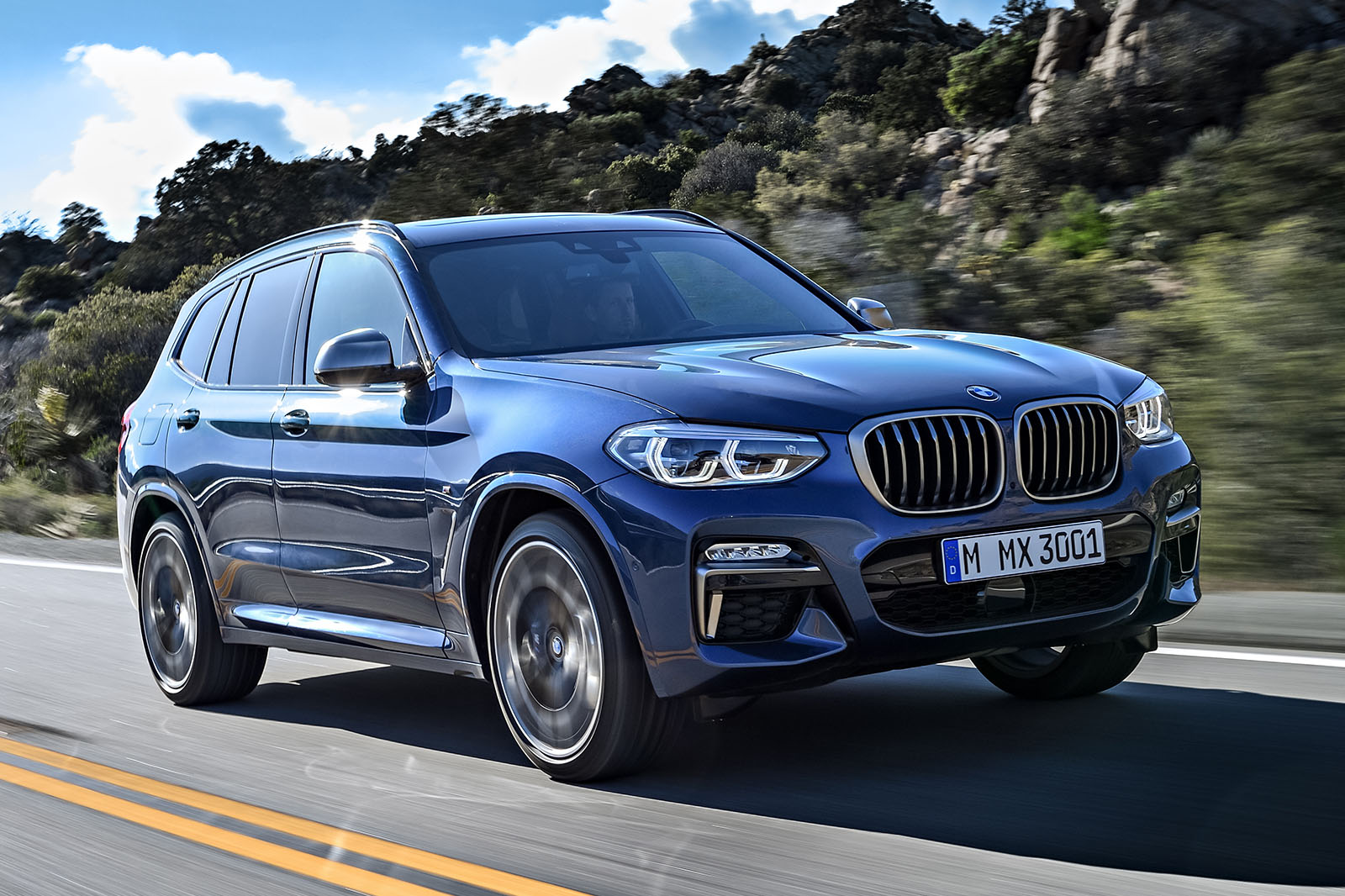
Corresponding upgrades to the new SUV’s electrical system also see the adoption of a range of contemporary driver assistant systems, including the latest generation of BMW’s active cruise control and driving assistant plus package, which incorporates both a lane change assistant and lane keeping assistant with side collision control.
Headed by the new M40i M Performance, the new X3 line-up initially consists of three models, including two diesels in the form of the £38,880 xDrive20d and the £44,380 xDrive30d. However, BMW plans to widen the range with additional petrol models, including the xDrive20i and xDrive30i in early 2018.
Further variants are under development, including a new plug-in petrol-electric hybrid touting X3 xDrive40e and a full electric X3e – the latter of which is set to arrive in 2020 as a rival to the likes of the upcoming Jaguar E-Pace and Telsa Model X.

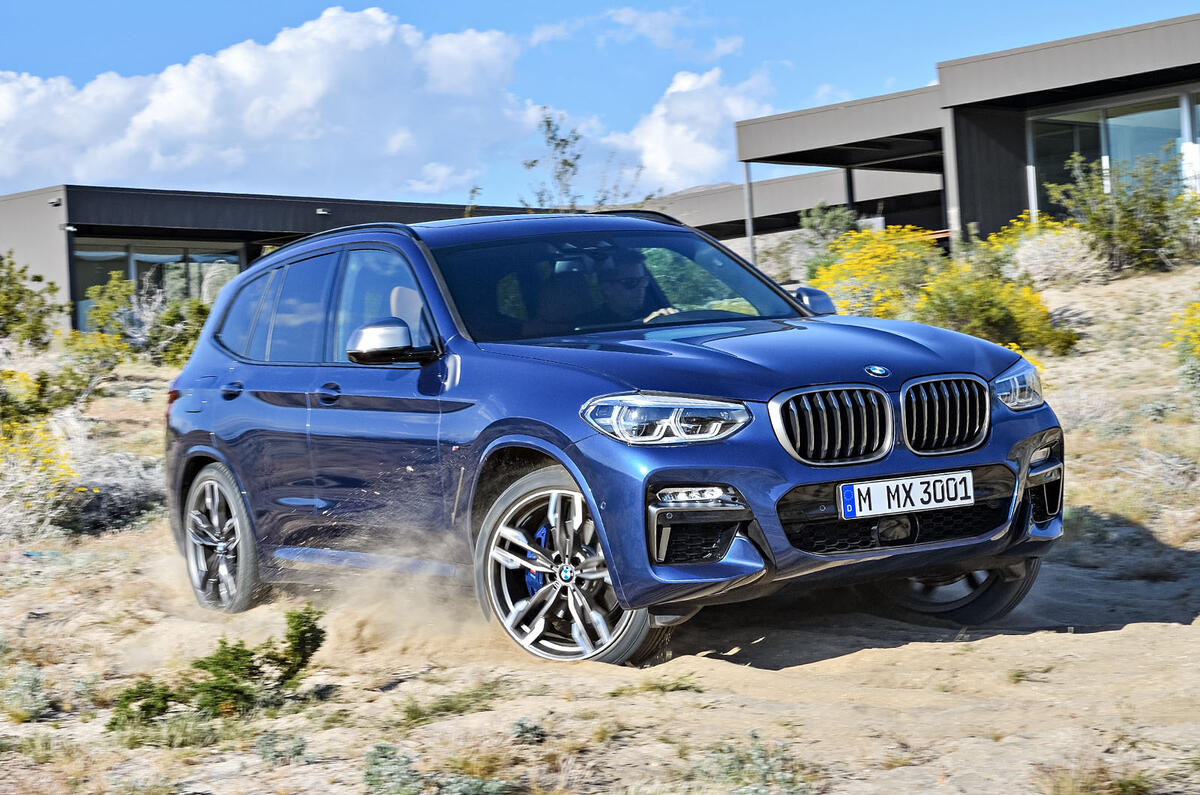
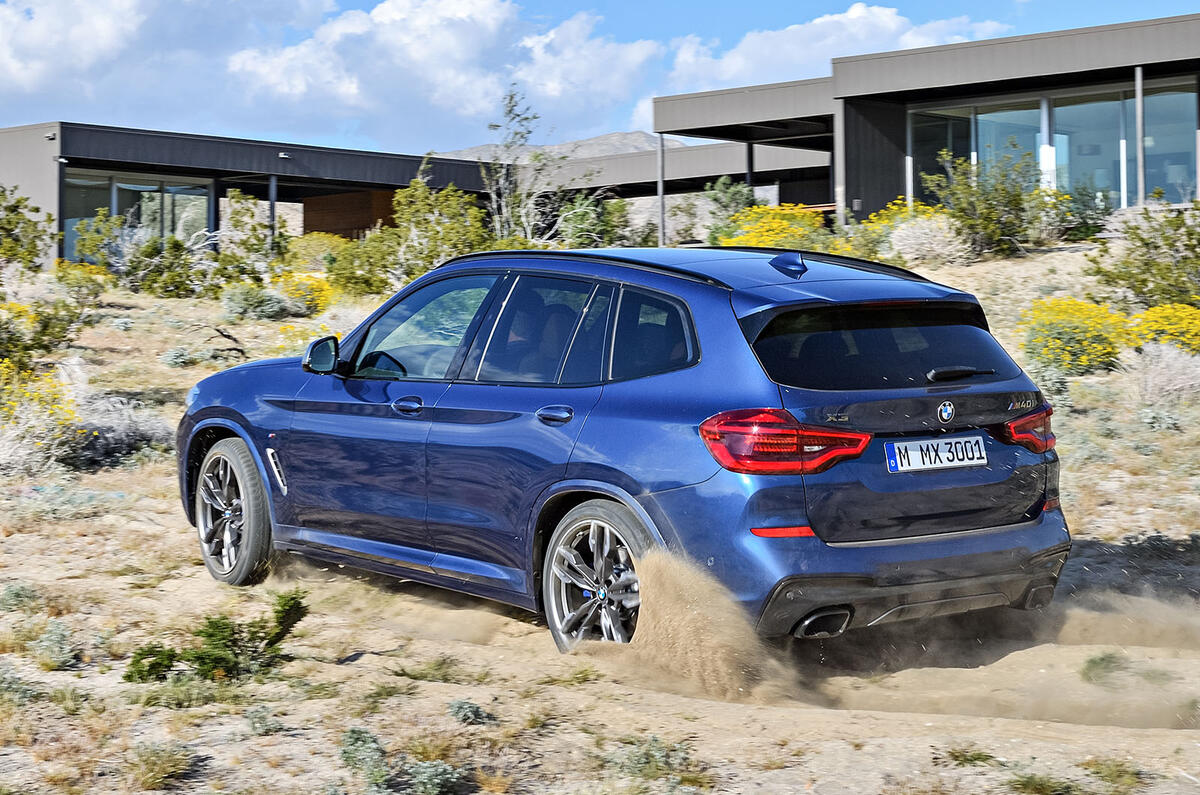

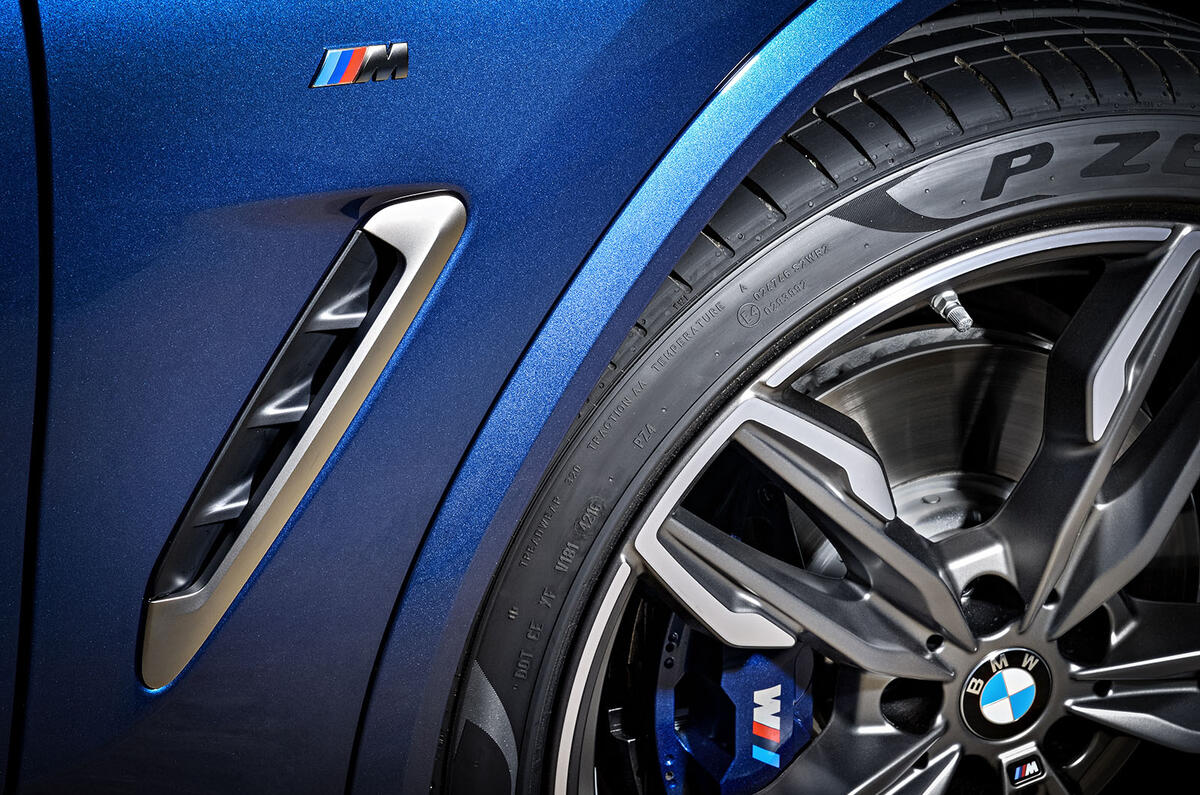

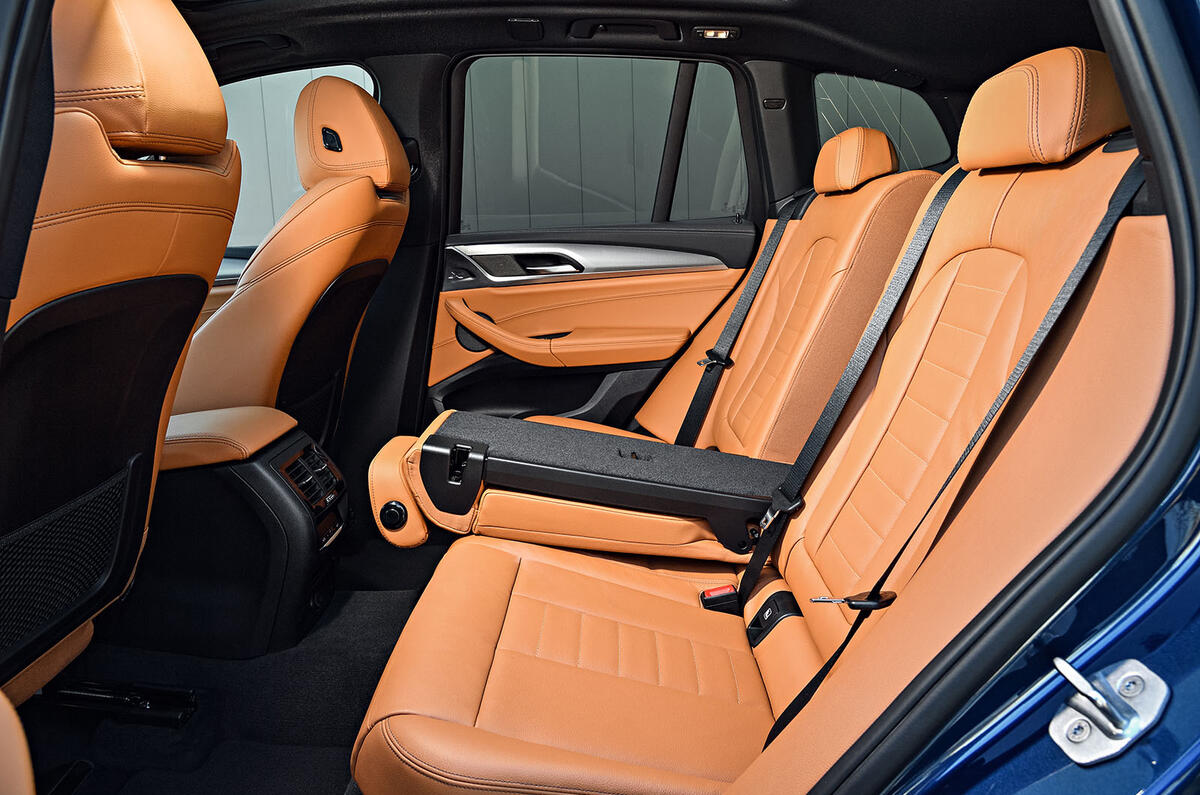
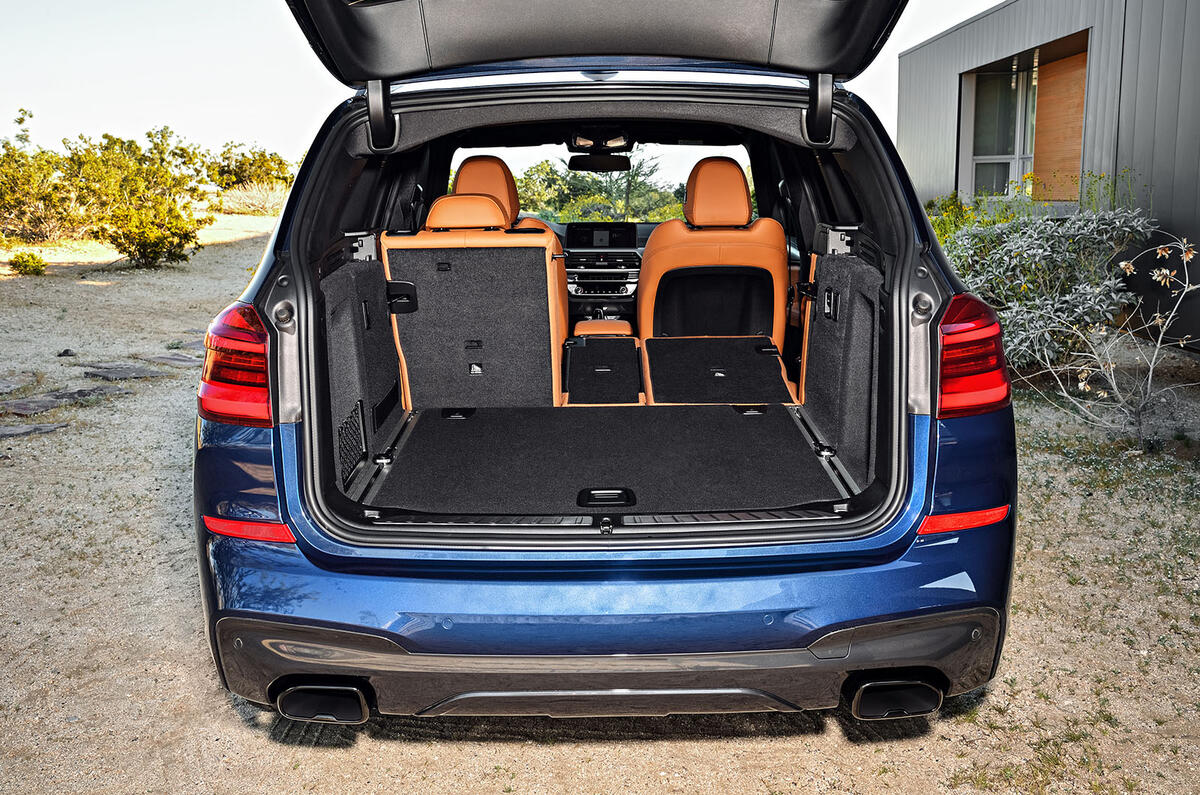
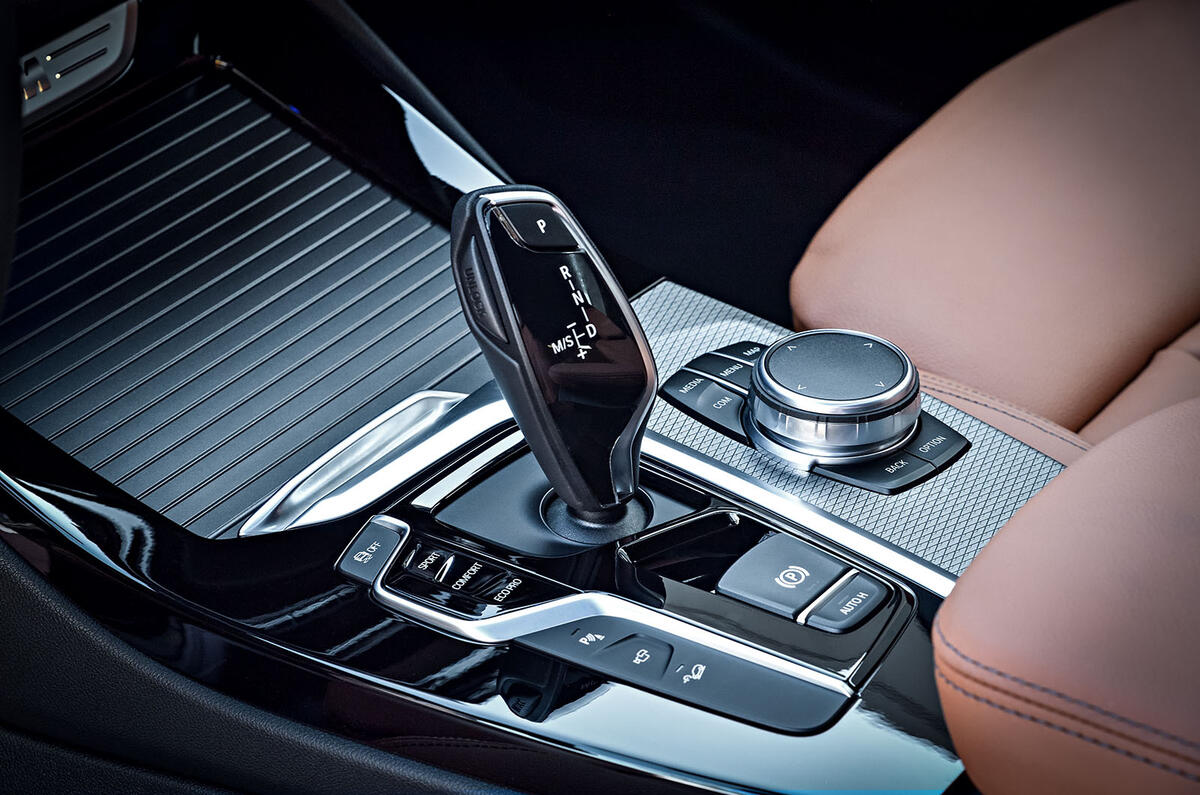
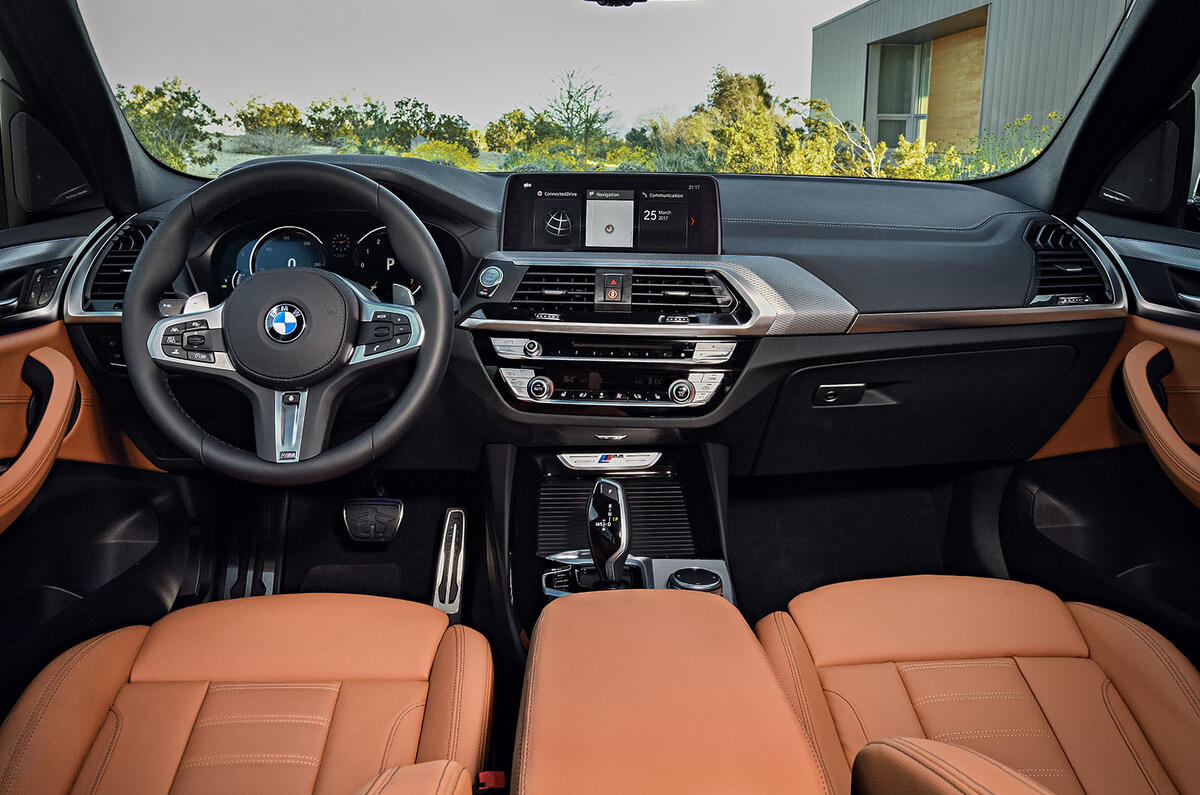
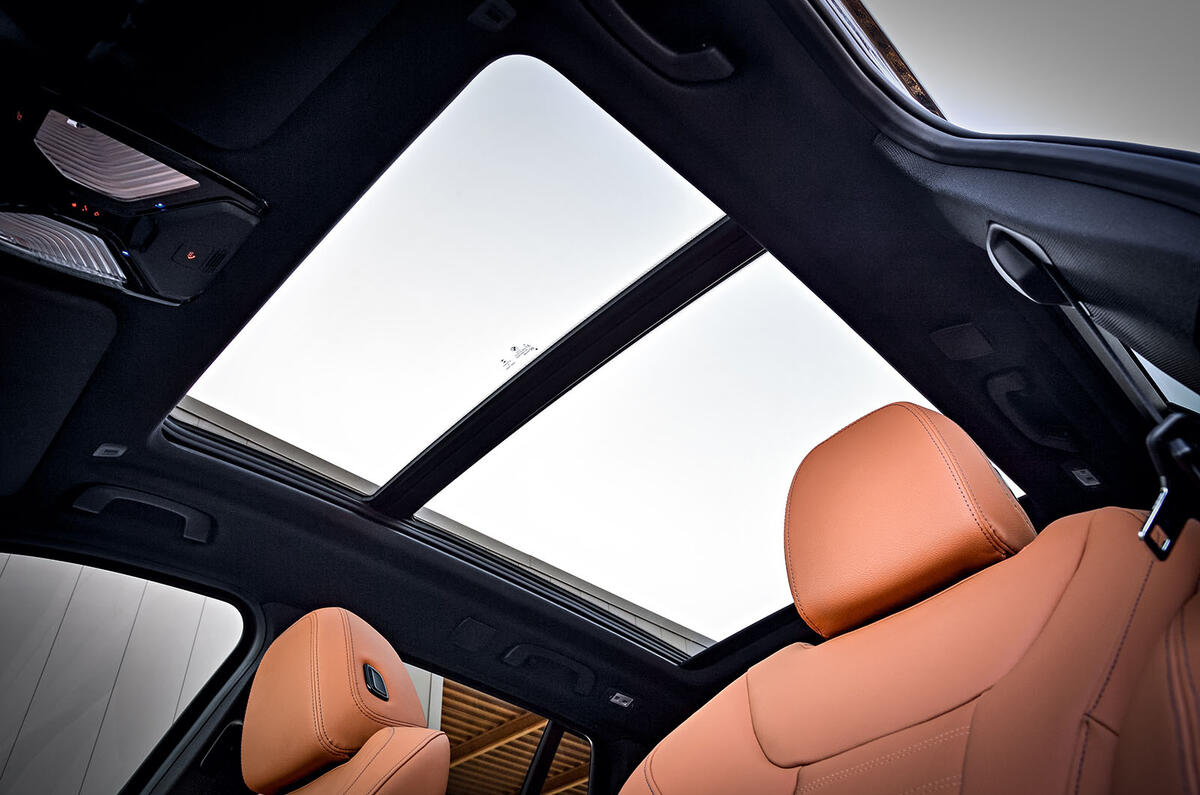
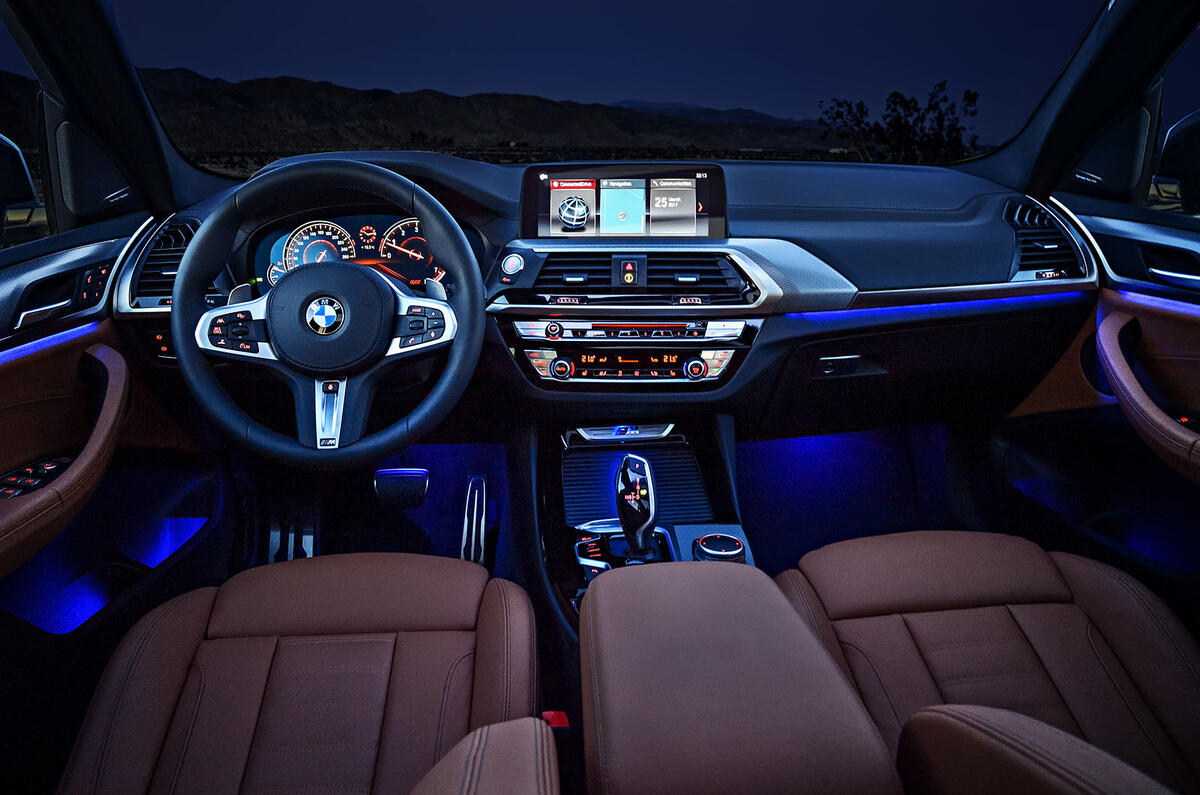


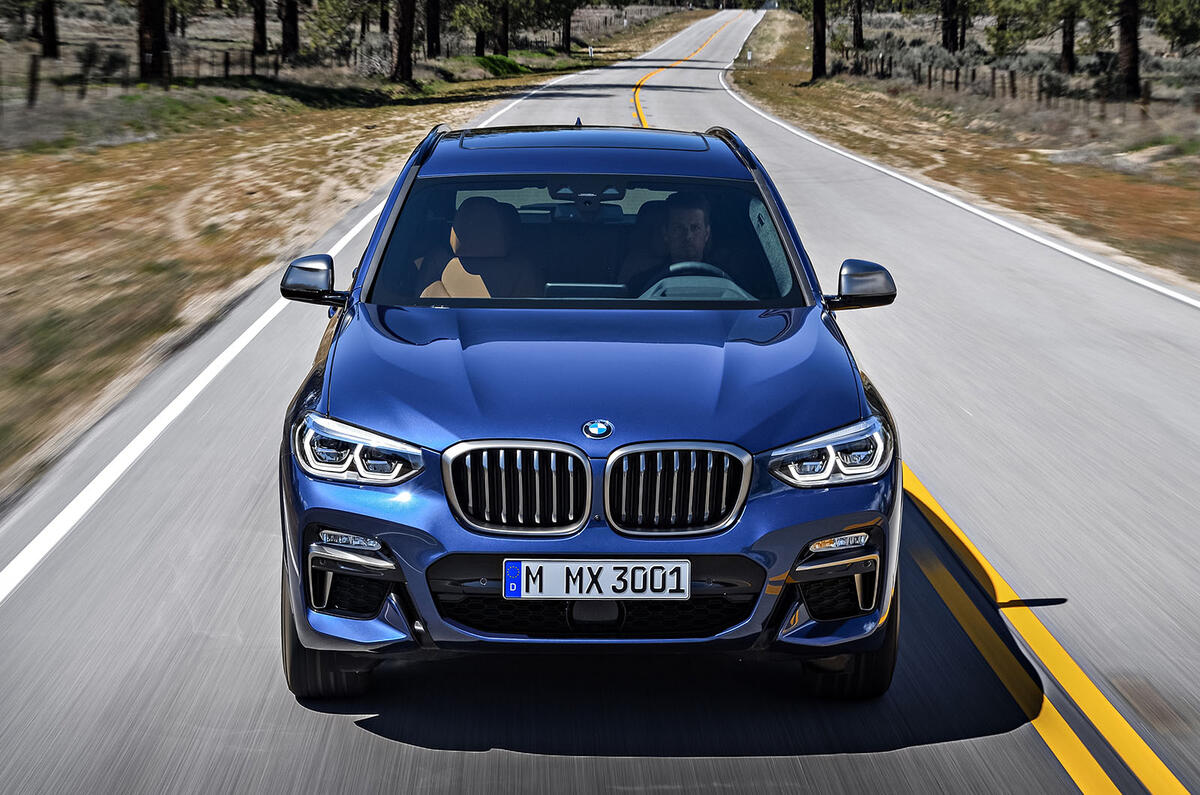

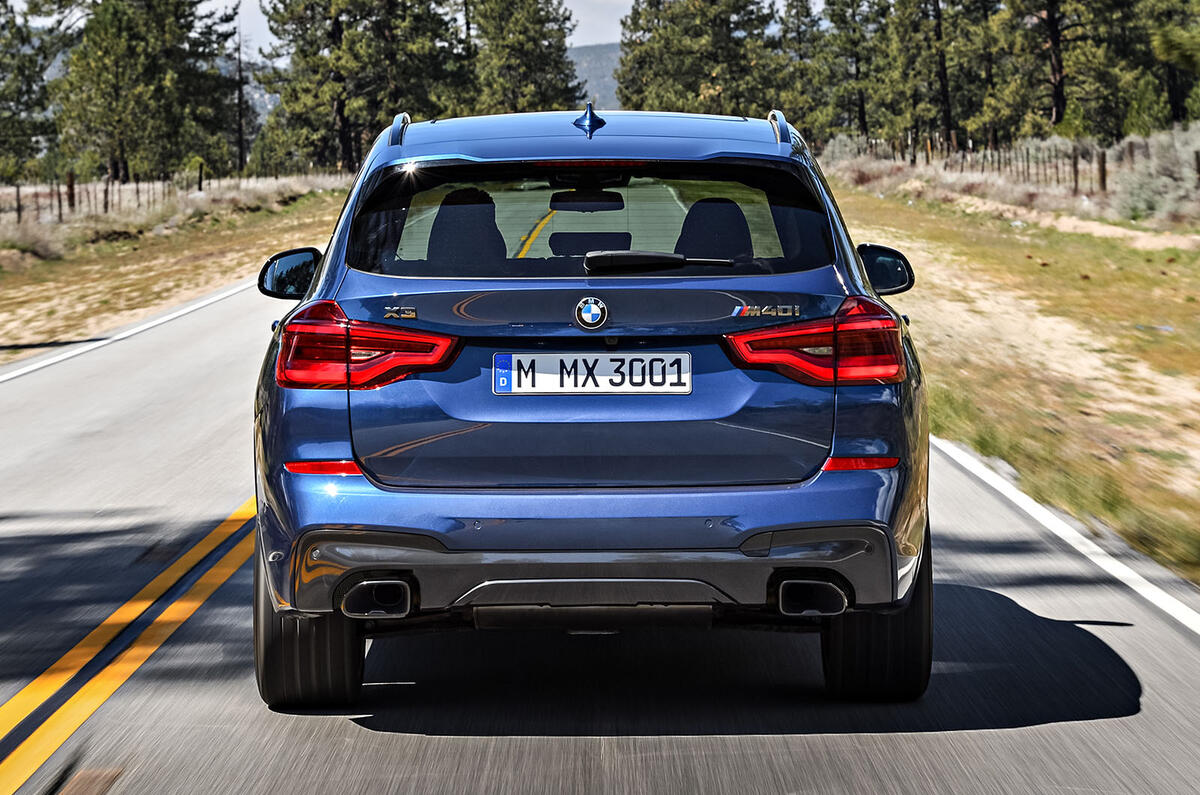
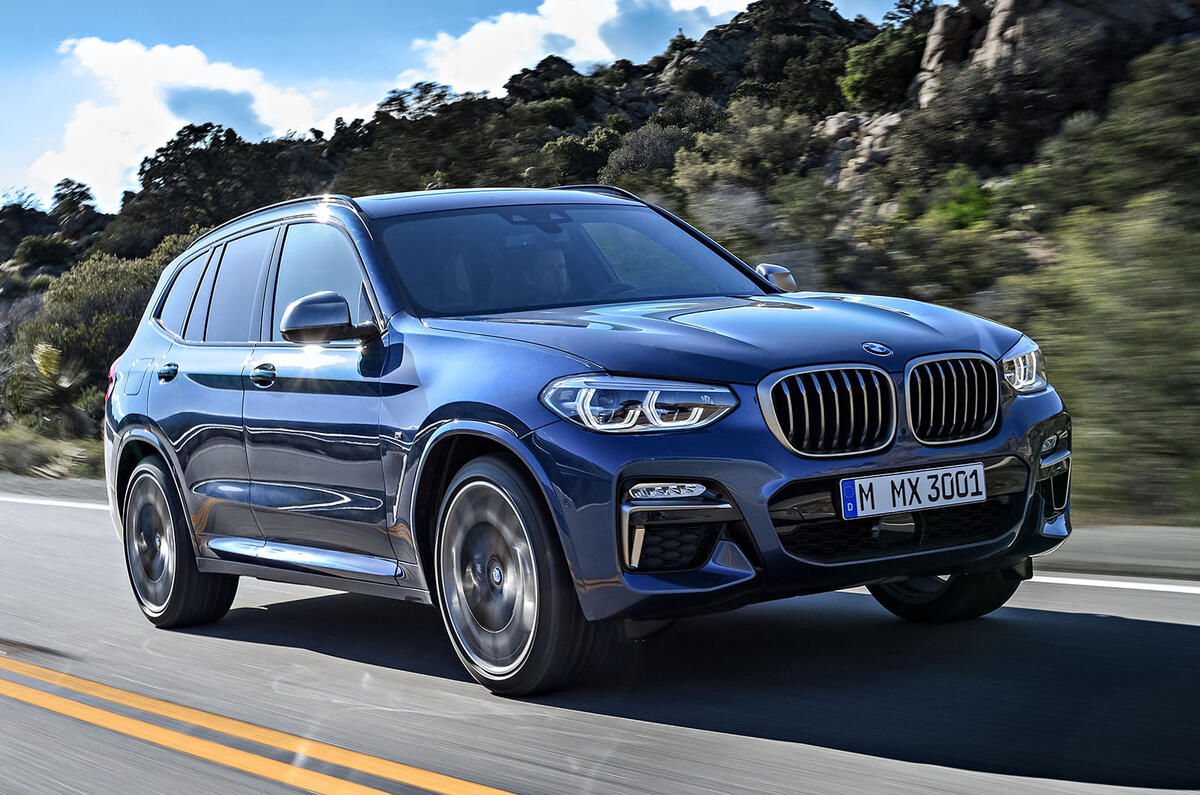

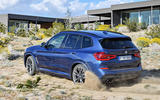
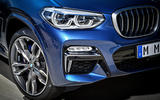
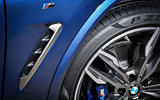
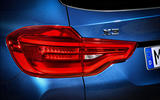
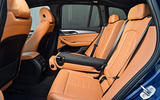
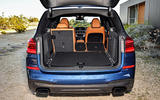
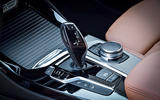
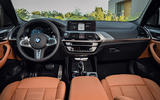
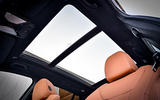
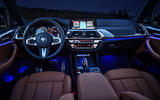


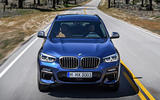

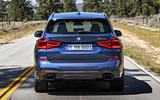
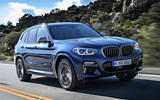

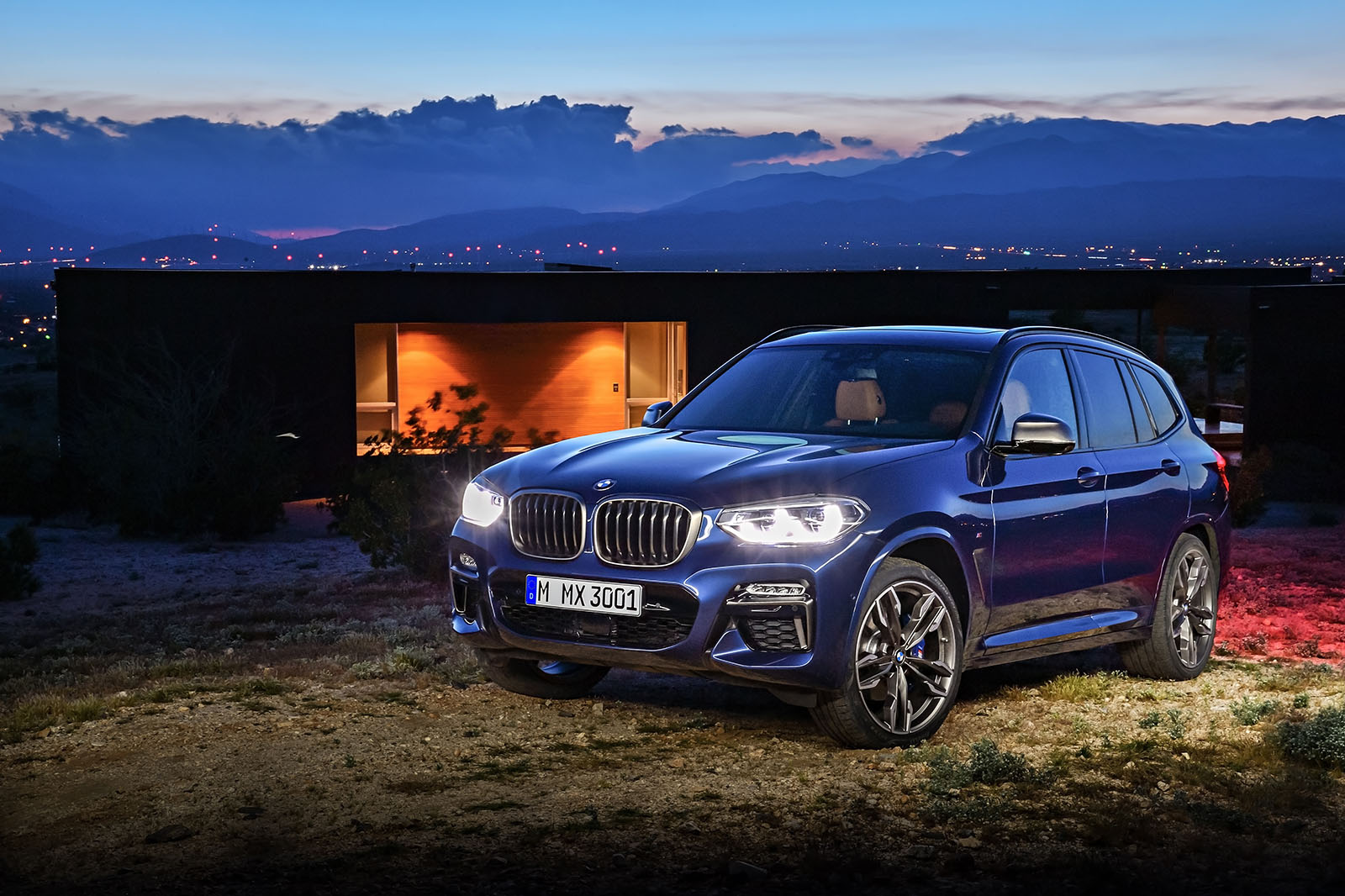
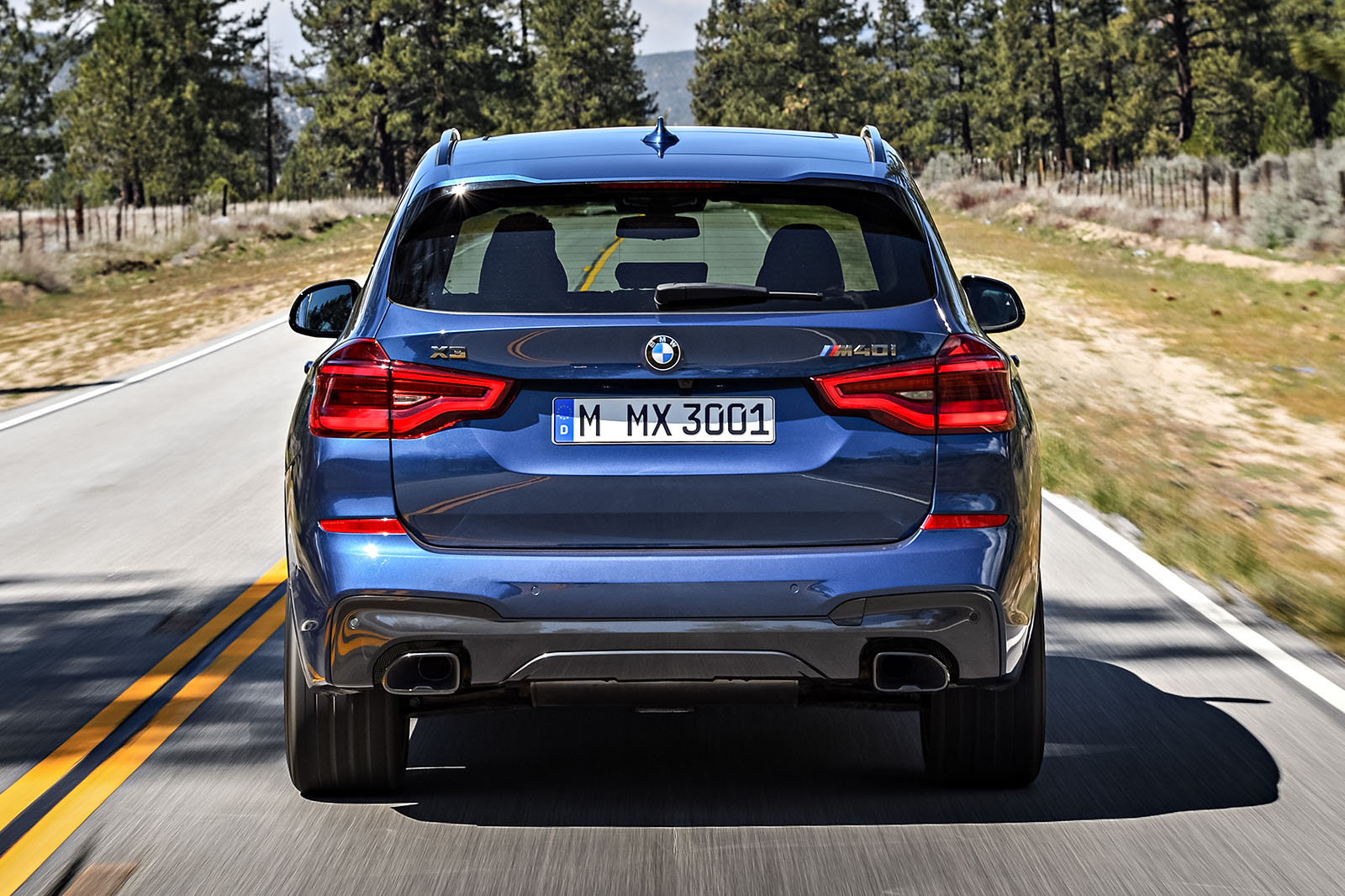

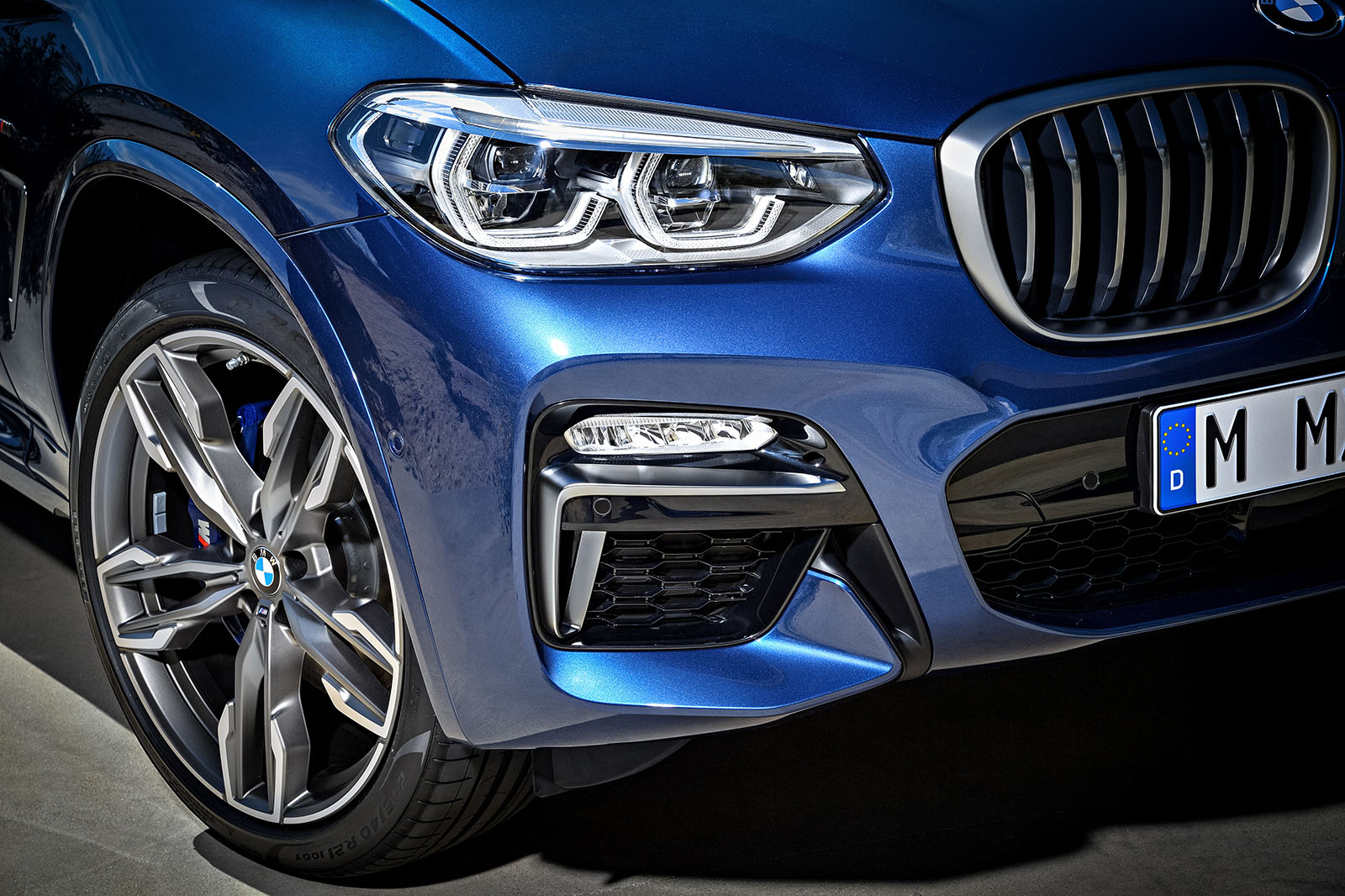

Join the debate
Add your comment
Rugby player in a suit.
what tosh will they come up with next time?
Why does BMW bother when the F Pace and Velar are around?
Semi Sells
You're right with your conclusions in terms of the new X3 looks both inside and out. However, there is huge market that are drawn to 'semi-premium' mass manufacturers. Those that position themselves above the Fords and VWs, but below Range Rover and Porsche. Let's not forget that BMW sells more cars than Range Rover, Porsche, and Jaguar combined.
The strength of BMWs strategy over the last 20 years to move slightly downmarket, sell more cars, create a distinctive, consistent design and expand into different markets, is undeniable. SO enter a BMW dealership and you will see 1 Series, 5 Series, 7 Series, X1, 2 Series, X5 etc - they have a consistent design employed both internally and externally. The BMW brand is communicated via consistent values adopted in all their products. Strategically, the BMW decision makers in the mid 90s felt that the BMW brand - in isolation- is flexible enough to accommodate cars at £18K and bigger cars, adopting the same design ideas, at £150K.
No strategy is ever full proof and purely advantageous. The down side to this is that other manufacturers have taken a different view and have begun to steal BMWs thunder.
Porsche and Range Rover, for example, deliberately have not copied BMW's approach - and here is the difference... Each product has unique identity, a uniqueness in style and abilities,above and beyond the car type or size. A Macan and 911 may both be Porsche's but they have uniqueness, individuality, personality, brand identity - far stronger than '1 series', '2 series', 3 series', '4 series'...
The new Velar, sitting perfectly with the Range Rover range alongside the Evoque (now beginning to look dated), RRS and RR, has a continuity of design with the exterior and interior that is rare in a 4x4. It not only fits nicely in terms of size between the Evoque and RRS, but the Velar has its own character. It's own identity. It freshness and individuality and its own strengths above and beyond its size. As for the name? Just like the 'Macan' for Porsche, 'Velar' is absolutely bang on.
SUV model names
That Terry Macan, e's well 'ard, he drives a Velard....
Anyway........!